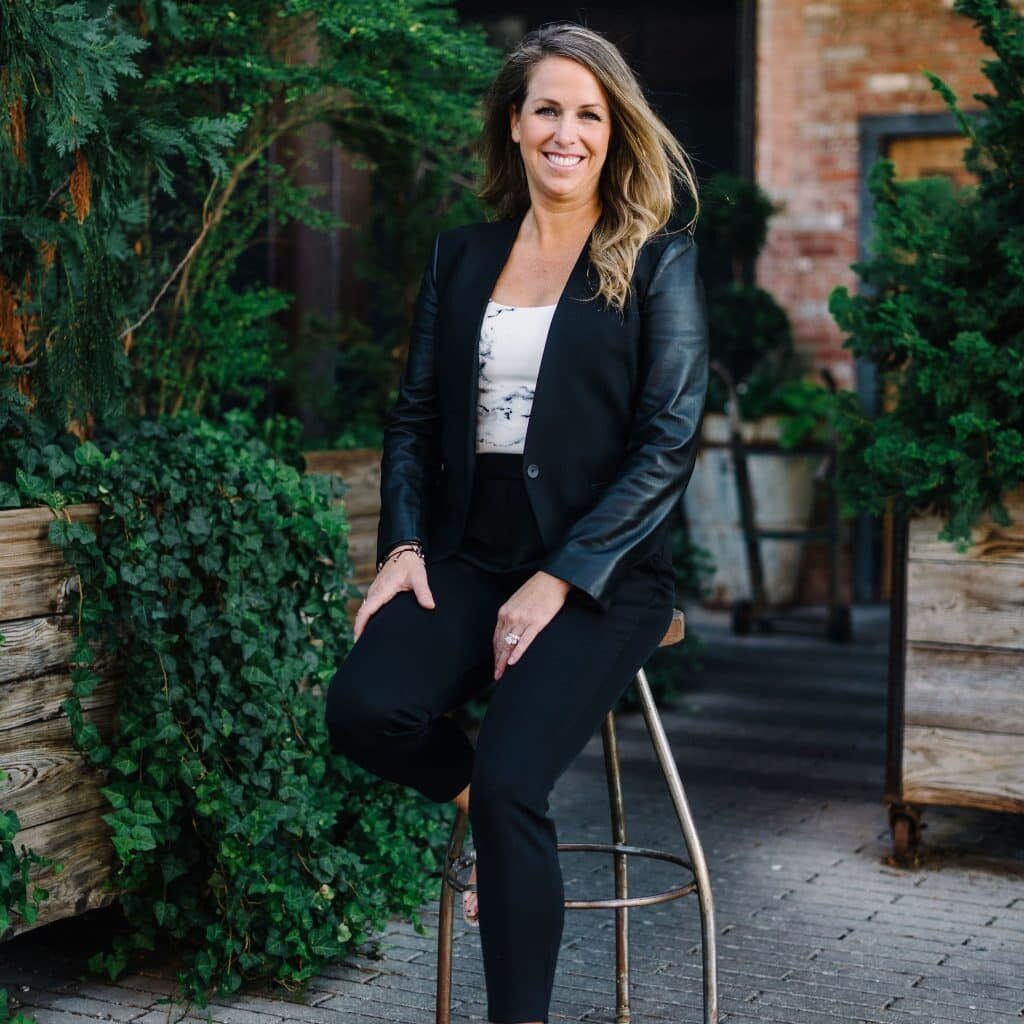Root Canal in Raleigh
A root canal is one of the most common dental procedures performed, well over 14 million every year. This simple treatment can save your natural teeth and prevent the need of dental implants or bridges.
At the center of your tooth is pulp. Pulp is a collection of blood vessels that helps to build the surrounding tooth. Infection of the pulp can be caused by trauma to the tooth, deep decay, cracks and chips, or repeated dental procedures. Symptoms of the infection can be identified as visible injury or swelling of the tooth, sensitivity to temperature or pain in the tooth and gums.
How Is A Root Canal Performed?
If you experience any of these symptoms, your dentist will most likely recommend non-surgical treatment to eliminate the diseased pulp. This injured pulp is removed and the root canal system is thoroughly cleaned and sealed. This therapy usually involves local anesthesia and may be completed in one or more visits depending on the treatment required. Success for this type of treatment occurs in about 90% of cases. If your tooth is not amenable to endodontic treatment or the chance of success is unfavorable, you will be informed at the time of consultation or when a complication becomes evident during or after treatment.

Anna Abernethy, DDS
Dr. Abernethy, originally from Concord, North Carolina, moved to Raleigh for college and graduated from Meredith College in 2001 with a degree in biology and a minor in chemical physics. Her journey towards dentistry began unexpectedly when she experienced a dental emergency during her college years, leading her to explore the field through externship programs. Witnessing a patient's life-changing smile makeover after a car accident inspired her to become a dentist. She pursued her dental education at UNC-Chapel Hill Dental School, actively participating in various community service initiatives and events. After graduation, she gained valuable experience as an associate in a dental practice.

Jill Sonner, DDS
Dr. Sonner, a Raleigh native, completed her undergraduate studies at NCSU in Biological Sciences in 1999. She pursued dental education at UNC Dental School and trained at Fayetteville VA Medical Center, gaining skills in treating medically compromised and geriatric patients, and in advanced surgical techniques, including implant placement. She achieved Fellowship with The International Dental Implant Association, mentored by Dr. Arun Garg. Dr. Sonner, alongside Drs. Abernethy and Wells, took part in a mission to the Dominican Republic, contributing to dental implant surgeries, enhancing chewing function for locals who wouldn't otherwise have the chance. Their efforts significantly improved the quality of life for many recipients.

Anita Wells, DDS
Dr. Anita Wells, developed her passion for dentistry in her hometown of Pinehurst, inspired by her childhood dentist's compassionate and personalized care. From a young age, she was fascinated by his ability to transform lives through beautiful smiles. Observing his artistic skills and the positive impact he made on patients, she decided to pursue dentistry. Dr. Wells graduated Magna Cum Laude from the University of North Carolina at Chapel Hill with a Bachelor's degree in Biology and Chemistry, and later earned her Doctor of Dental Surgery with the highest honors. After practicing in Chapel Hill, she co-founded Renaissance Dental Center in 2009, aiming to provide personalized dental care based on her dedication to changing people's lives.
What Happens After Treatment?
When your root canal therapy has been completed, it is often necessary for a crown to be made in order to protect the tooth from fracture or further damage.
Patients come to us for non-surgical root canals from Garner, Raleigh, Apex, Cary, Clayton and surrounding locations.